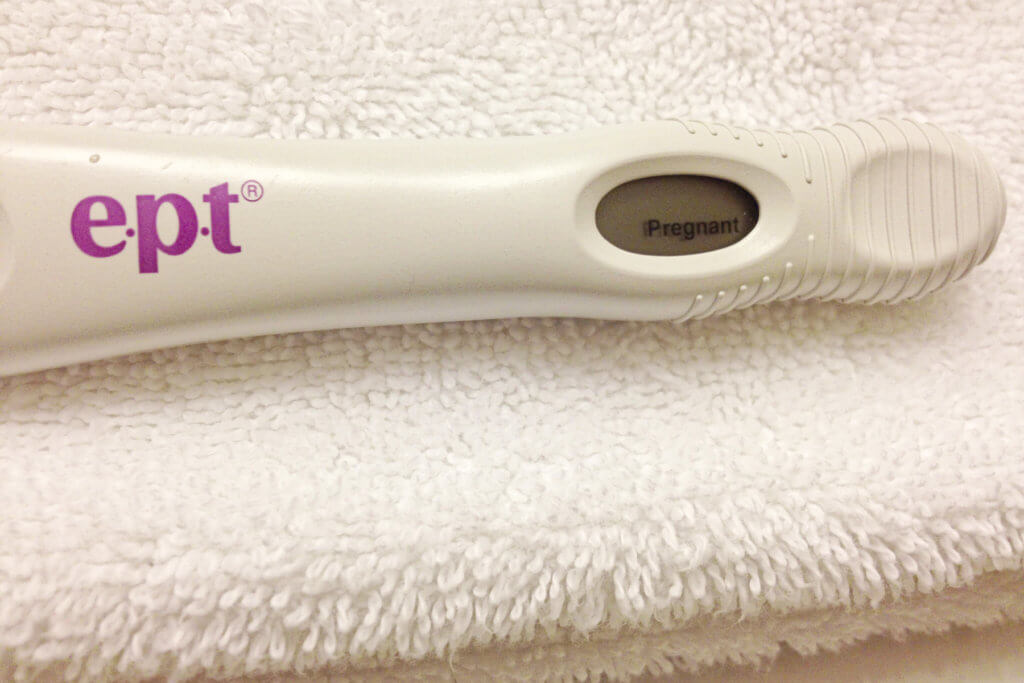Infertility is a challenge for many families. There are a variety of reasons a woman might have problems conceiving, and many ways to face those challenges to increase the likelihood of becoming pregnant. Physical therapy has been shown to be one way to increase the possibility of pregnancy.

Some physical therapists choose to specialize in pelvic health. These therapists help women, and some men, cope with a variety of pelvic conditions, ranging from incontinence to postpartum pain. The treatments can include myriad types of therapy, including manual therapy.
Some recent studies have looked at the effect of manual therapies on women trying to conceive. While these two studies, in 2004 and, more recently, in 2015, evaluated small groups of women, women trying both natural conception and in vitro fertilization had higher pregnancy rates after physical therapy. The therapies focus on women who are having problems with adhesion or implantation, when an embryo embeds into the wall of the uterus. Regardless of the cause of the adhesion problems, these women benefitted from the therapies.

Women who are interested in these therapies should look for physical therapists that have completed training in pelvic health. Therapists that have completed women’s health-specific certifications (like the CAPP certifications from the Academy of Pelvic Health Physical Therapy, a subset of the American Physical Therapy Association, or the Women’s Health Clinical Specialist (WCS) certification, administered by the American Board of Physical Therapy Specialties) are likely to be good resources when looking for a practitioner of these techniques.
Once a woman has become pregnant, PTs can help with the issues that can arise during pregnancy. A physical therapist can offer posture and body mechanics education, as well as supportive devices (such as corsets), to reduce back pain during pregnancy. (Don’t forget to keep exercising during pregnancy — doing aerobic exercise while pregnant is good for both mom and baby.) And therapists can also help new mothers dealing with diastasis recti, recuperation from Caesarian deliveries, postpartum incontinence, back pain and even blocked milk ducts.

Like other “solutions” for infertility, physical therapy can be one tool in your doctor’s toolbox, and it’s never a guarantee. If you and your partner are having problems conceiving, talk to your physician and physical therapist to determine whether it could be helpful in your particular case.
Looking for a physical therapist to help with your health? Use our locator below to find a Physiquality therapist in your neighborhood.
Physiquality.
- Aerobic exercise is essential for pregnant women. March 16, 2016.
- How to carry a baby without breaking your back. November 3, 2014.
- Reducing the risk of post-pregnancy incontinence. January 11, 2013.
Rice AD et al. Ten-year retrospective study on the efficacy of a manual physical therapy to treat female infertility. Alternative Therapies in Health and Medicine, February 17, 2015.
How pregnancy happens. Planned Parenthood.
Wurn BF et al. Treating female infertility and improving IVF pregnancy rates with a manual physical therapy technique. Medscape General Medicine, June 21, 2004.
“Positive pregnancy test!” by ecooper99 is licensed under CC BY 2.0.